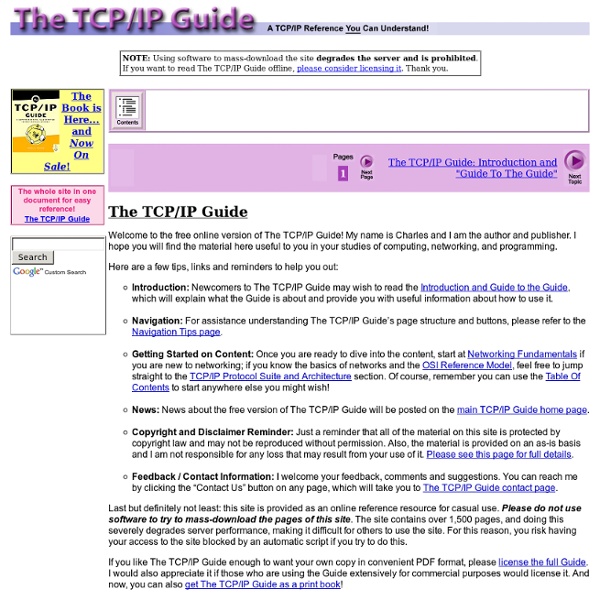Probably the Best Free Security List in the World
Security List Index Select a Security Category: All Items Keys Discontinued or not updated recently (for at least three years). If there are both free and paid versions, this key applies only to the free version. Item links to a Gizmo's Freeware 'Best Free' page. Item or this icon links to a Gizmo's Freeware page. Web application. Browsers: FF = Firefox; Ch = Chrome; IE = Internet Explorer; OB = Other browsers; AB = All browsers. About This list (earlier "Probably the Best Free Security List in the World") contains thousands of links to free security-related Windows desktop applications and web applications, with the goal of listing everything available that's not malicious or of low usefulness. Use the Windows desktop applications or web applications on this list at your discretion. We periodically check all links on this list with Web of Trust. Use the comments section below, or this (or this) forum thread, to let us know about issues, or suggestions for items that could be added to the list.
v3n0m-Scanner/Linux-v3n0m · GitHub - Vimperator
Secure Your Wireless Router In The Short Term By Assigning It An Aggressive Name
As more devices ship with wireless networking capabilities, it becomes increasingly important to have routers that are capable of handling connections from hardware such as tablets, laptops and mobile phones. The problem is that many routers still in use are perfectly good pieces of hardware, except for one drawback – they don’t support Wireless-N or offer advanced encryption such as WPA. With the threat of drive-by Wi-Fi theft and the risk of secure data being transferred over a non-secure connection, wireless routers without the most current security options can be temporarily shored up with just a bit of imagination. Secure Your Wireless Router with Its Name According to figures published in October 2011, Windows XP still has a respectable market share as the operating system on around 33% of all computers connected to the web. In order for users to connect to a wireless network, a wireless router typically broadcasts an SSID, or Service Set Identifier. Conclusion
Damn Vulnerable Web App
TCP/IP Overview and History
TCP/IP Overview and History(Page 1 of 3) The best place to start looking at TCP/IP is probably the name itself. TCP/IP in fact consists of dozens of different protocols, but only a few are the “main” protocols that define the core operation of the suite. Of these key protocols, two are usually considered the most important. The Internet Protocol (IP) is the primary OSI network layer (layer three) protocol that provides addressing, datagram routing and other functions in an internetwork. Due to the importance of these two protocols, their abbreviations have come to represent the entire suite: “TCP/IP”. TCP/IP uses its own four-layer architecture that corresponds roughly to the OSI Reference Model and provides a framework for the various protocols that comprise the suite. As I said earlier, the Internet is a primary reason why TCP/IP is what it is today. In 1973, development of a full-fledged system of internetworking protocols for the ARPAnet began. Home - Table Of Contents - Contact Us
Offensive Computer Security Home Page (CIS 4930 / CIS 5930) Spring 2014 - Vimperator
Instructors Prof. Xiuwen Liu (homepage: W. Owen Redwood (homepage: Course Time and Location Mondays and Wednesdays (Not Fridays) at 3:35PM-4:50PM, HCB 0216. This web site contains the up-to-date information related to this class such as news, announcements, assignments, lecture notes, and useful links to resources that are helpful to this class. Office Hours Prof Liu - Tuesdays and Thursdays from 11AM - 12noon LOV 166(Love building). Also available is Joshua Lawrence - Tuesday and Thursdays from 2PM-3PM in LOV 167. Rationale: The primary incentive for an attacker to exploit a vulnerability, or series of vulnerabilities is to achieve a return on an investment (his/her time usually). License This work is licensed under a Creative Commons license.
How to Crack a Wi-Fi Network's WPA Password with Reaver
BlackArch - ArchWiki - Vimperator
Specialty Distributions alphaOS alphaOS is a simple and minimalistic Linux distribution for the x86-64 architecture, built using Linux Live Kit set of scripts developed by Tomas M. It is based on Arch Linux and uses pacman as the default package manager. This operating system features highly configurable and lightweight Openbox window manager. Antergos Antergos is an elegant and very customizable system for desktop. ArchAssault ArchAssault, everything you love about Arch Linux but with the security professional and hackers in mind. The ARM line is to help you build the security devices of your dreams with many Open Source devices on the market. ArchBang ArchBang LIVE CD = Arch Linux w/ Openbox (the name is inspired by CrunchBang Linux, which is Debian Linux w/ Openbox) ArchEX ArchEX, based on Arch Linux, is one of the Linux Live DVDs created by C.A. Homepage: Screenshot: DistroWatch Entry: archboot
How to Find Your Computer’s Private & Public IP Addresses
An IP address (or Internet Protocol address) identifies each networked computer and device on a network. When computers communicate with each other on the Internet or a local network, they send information to each other’s IP addresses. Your computer likely has public and private IP addresses. Public vs. IP addresses can be either public or private. Assuming you’re behind a router performing network address translation, you have two IP addresses that matter. For example, if you’re hosting a server on your computer, people on the Internet will need the public IP address from your router to connect to your server. If your computer is connected directly to the Internet with no router sitting in between, your computer’s IP address is a public IP address. Finding Your Private IP Address To find your computer’s IP Address on Windows, open the Control Panel and select View network status and tasks. Click the name of your Internet connection to view its status. Finding Your Public IP Address
Ophcrack



